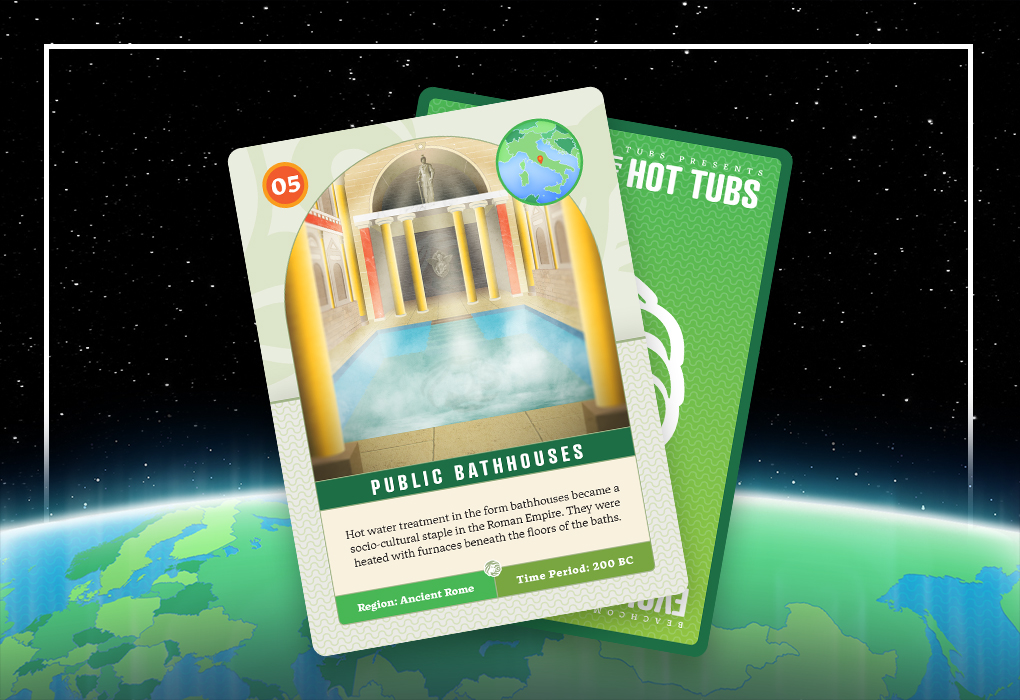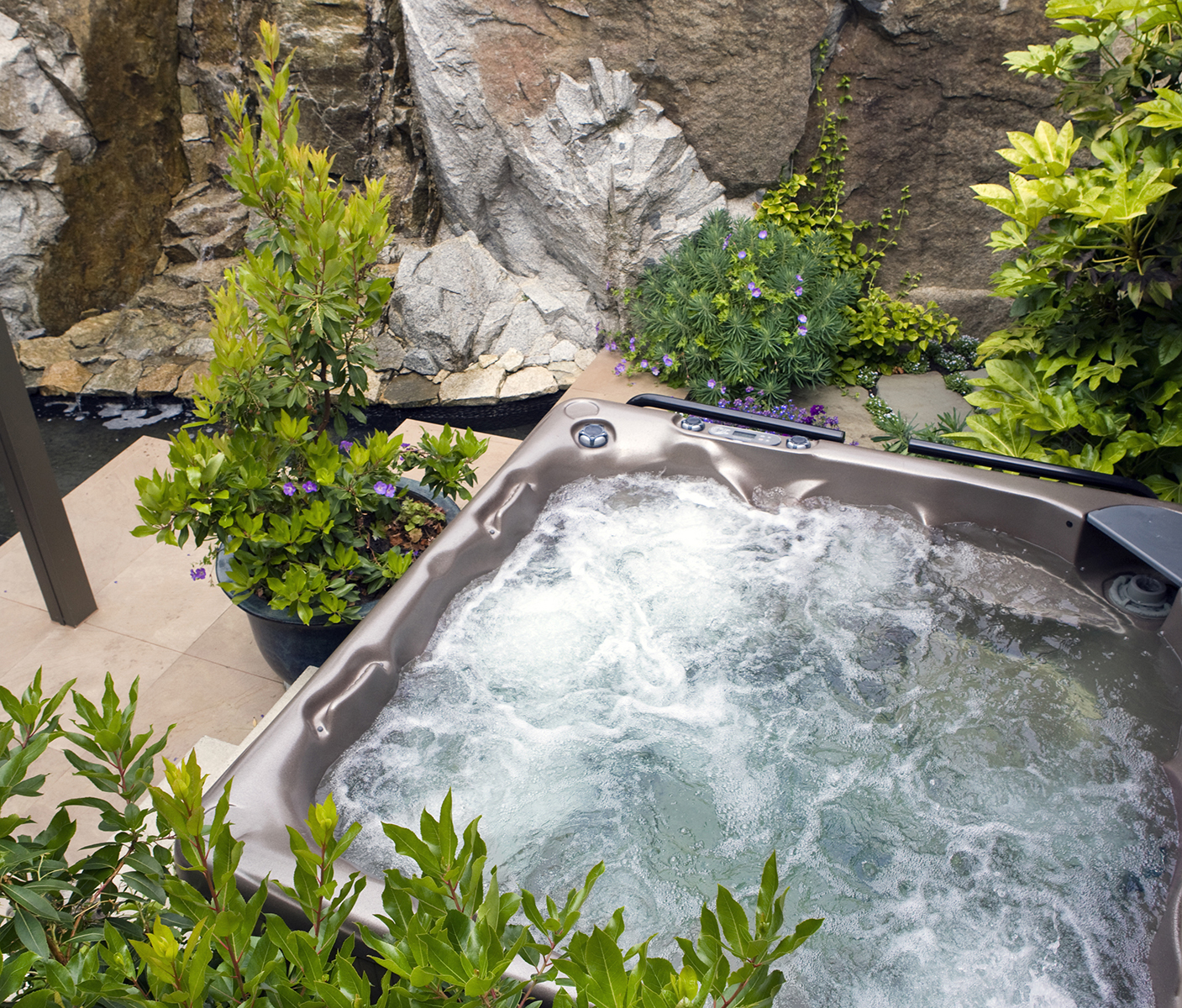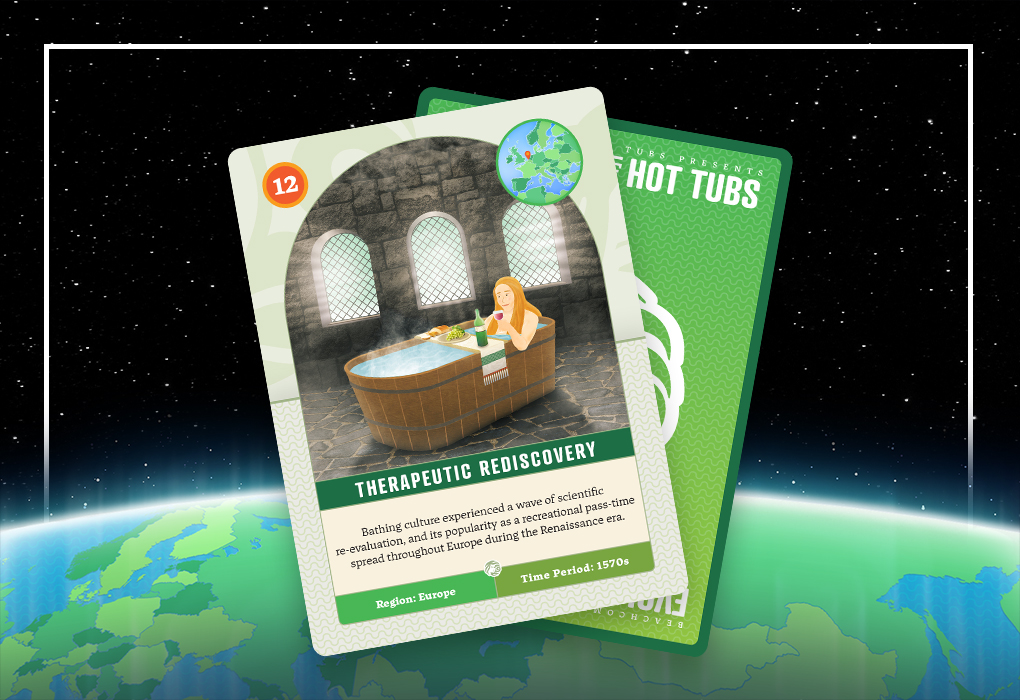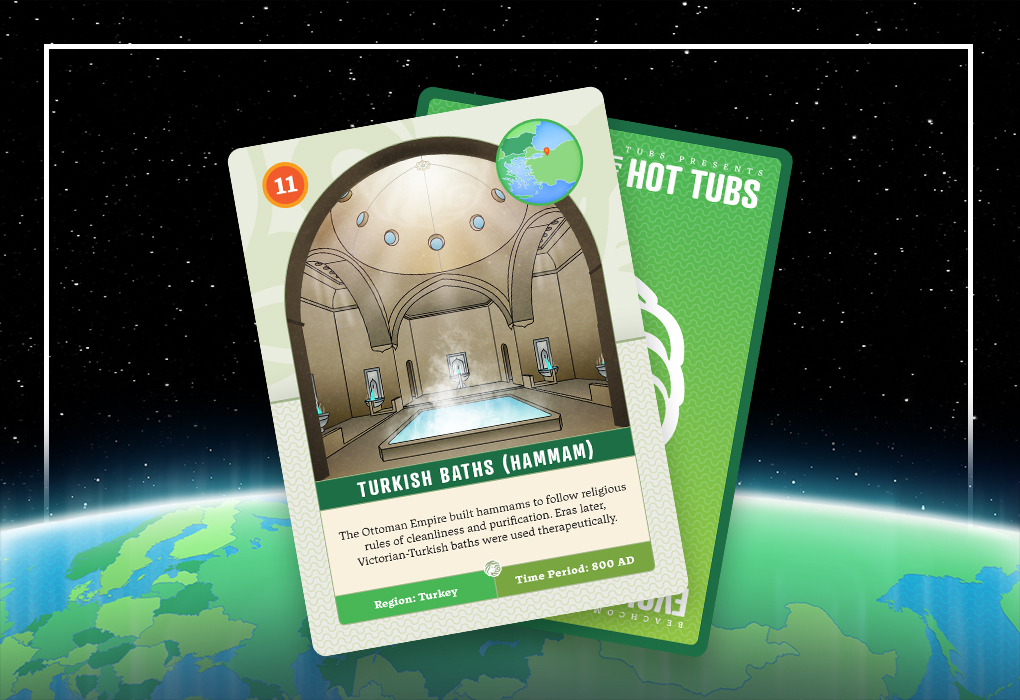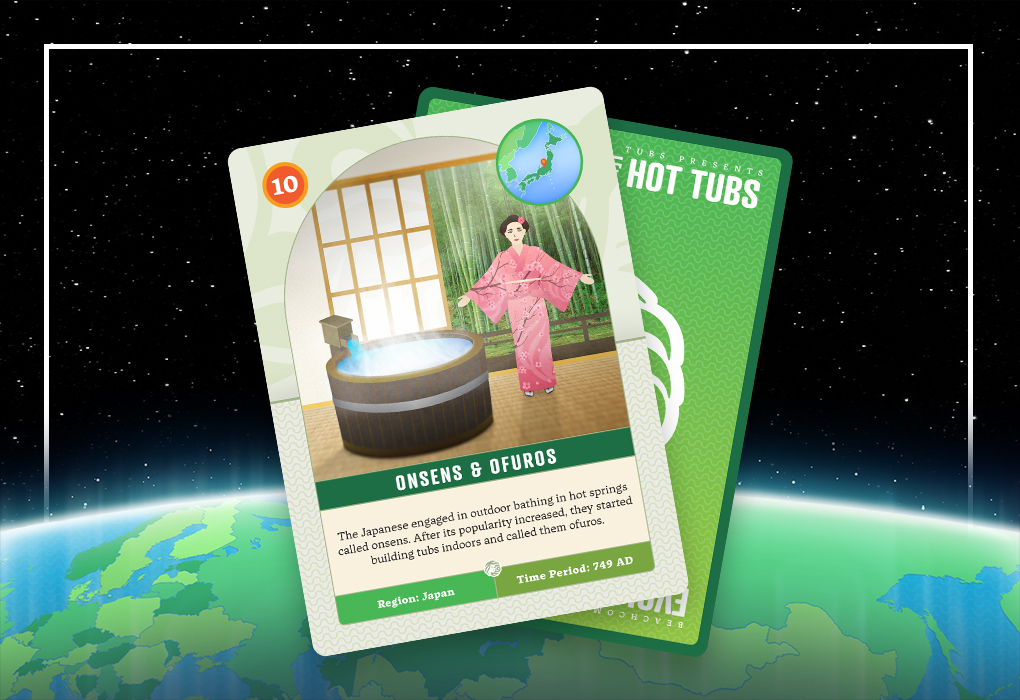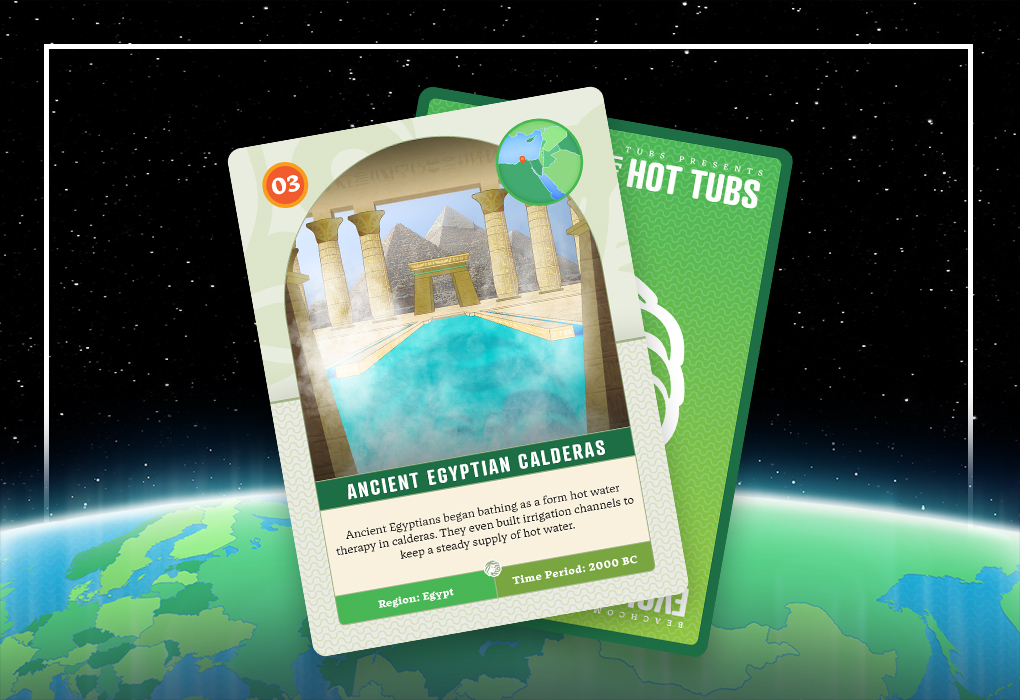added to your shopping cart
Beachcomber Hot Tubs Blogs
LIVING HEALTHY, LIVING HAPPY.
Evolution of Hot Tubs
Therapeutic Rediscovery
Despite popularity throughout China, Japan, and Turkey between 600 and 800 A.D., the demand for public bathing declined in many places throughout the world after the 6th century. We know this was impacted heavily by the church’s views, and it was the 16th century before...
Turkish Baths
Turkish Baths, influenced by the Romans and introduced by the Ottoman Empire, were very different to previous bathhouses in their structure and usage. Rather than bathing in the likes of onsens and ofuros, the user would sit in a hot room and rinse themselves with water. These Hammam...
Onsen and Ofuros
The Snow monkeys showed us that geothermal springs have been used in Japan since prehistoric times. Located in a highly volcanic region, Japan boasts one of the highest numbers of thermal springs in the world...
Huangshan Hot Springs
The Huangshan Mountains are known for four wonders - strangely-shaped pines, grotesque rocks, a sea of clouds, and hot springs. The hot springs, found in various locations throughout the area, were widely popular and brought many benefits to those who used them. Unlike in Europe...
The Church's View
For a number of centuries, we can see how popular bathing was as a form of recreation, health management, and spiritual connection. From prehistoric times to the bathhouses in Baden-Baden, the benefits of public bathing spread until a visit to a bathhouse became...
Thermal Springs of Baden-Baden
When the Roman’s populated the area of Aquae Sulis, it was only a matter of time before they began establishing bathhouses throughout Europe. In the 2nd century A.D., the discovery of thermal springs in Baden-Baden brought the Roman Empire to Germany...
Modern Day City of Bath
The modern-day city of Bath is an area with thermal springs that date back to early centuries. The Iron Age Dubonni ruled the area, and it was previously known as Aquae Sulis. After the Roman conquest of Britannia, they began to build Roman bathhouses...
Ancient Roman Bathhouses
In 200 B.C., following the influence of Hippocrates, the Roman Empire began constructing public spas and bathhouses. Initially, they were like thermal spas in Greece and used hot springs to supply the water, but this changed as time...
A New Perspective on Health
Given the long relationship between Greece and water therapy, it comes as no surprise that the earliest contributor to hydrotherapy as we know it was a Greek philosopher. Hippocrates, born in the 4th century B.C., spent a lot of his life...
Ancient Egyptian Calderas
About 1,500km from the Greek island of Ikaria, we come to Ancient Egypt where water therapy took on a whole new meaning. The Ancient Egyptians are known throughout history for their high level of cleanliness, so it is no surprise that they were an...
- Page Previous
- Page 1
- You're currently reading page 2
- Page 3
- Page Next


